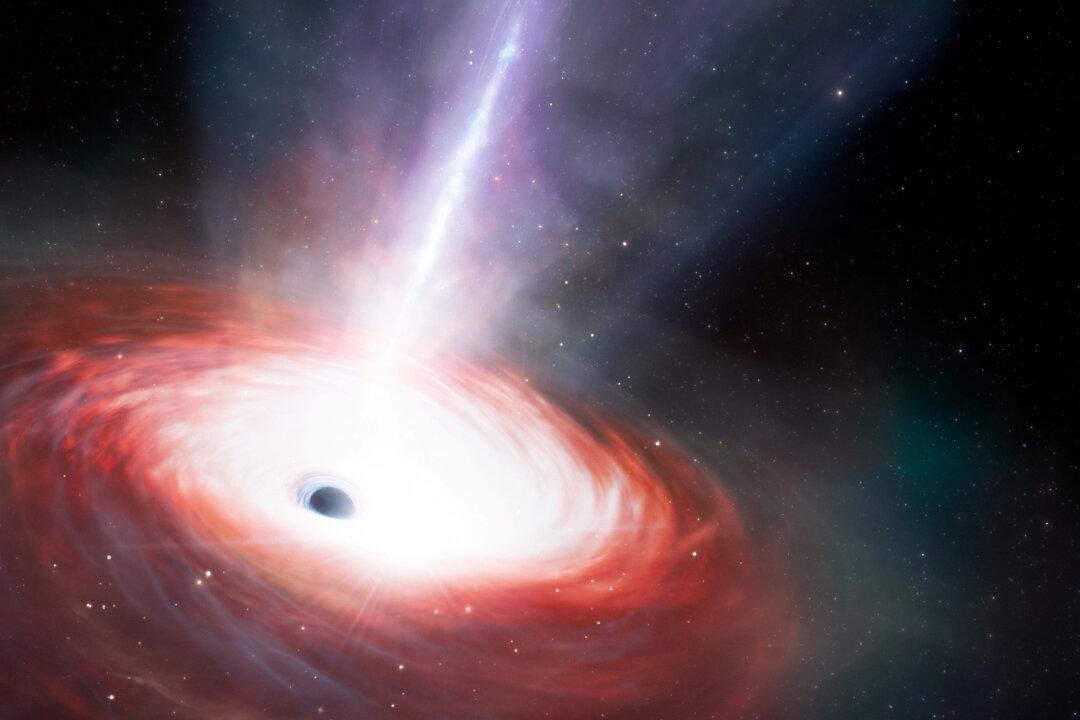WASHINGTON—At the heart of our Milky Way galaxy lurks a supermassive black hole about four million times the mass of the sun, called Sagittarius A*. In fact, these objects, which increase in mass over time by eating material that wanders too close, reside at the center of most galaxies.
But since NASA’s James Webb Space Telescope came online in 2022, astronomers have been surprised to find supermassive black holes inhabiting the early universe—earlier than they had thought possible considering the time needed to gather such great mass. New observations of one such primordial black hole is offering insight into how this may have occurred—through episodes of supercharged growth.





